Welcome to the Dewey Montana Picture Tour
There are two routes you can follow to reach Dewey, Montana. Sure, you can ride Highway 43 year around but if it’s Summer time and the roads are dry, you need to ride west from Melrose, Montana on the gravel Forest Service Road #40 over the Pioneer Mountains. On the way, you will pass the mining ghost town of Glendale (1875-1904), the incredible wildflower display at Vipond Park and scores of miner’s cabins. After leaving the sub alpine meadows of Vipond Park (elevation 8000′) you drop down into the Big Hole Valley and the town of Dewey.
Follow An Old Mining Road
As you are bouncing down the gravel road thank the miners from the 1870’s for the thoroughfare. In order to get their ore from to the smelters, in 1872 the miners built a road from the mines in the Vipond Park area to Dewey, and then along the Big Hole River to Divide. Three different pan-amalgamation mills were constructed in Dewey to crush the ore, much like a pharmacist grinds medicines with a mortar and pestle.
Big Hole River Valley landmark
The community of Dewey, Montana has over a dozen wonderful 19th Century buildings that look like they are part of an out door museum similar to Virginia City, Montana. The difference is, the privately owned buildings are still used for business, part-time residences and storage. We are thankful the buildings are still present but it’s hard to believe they still exist as we enter the 21st Century. Our all time favorite Dewey, Montana building is the Twin Log Barns on the north side of Highway 43.
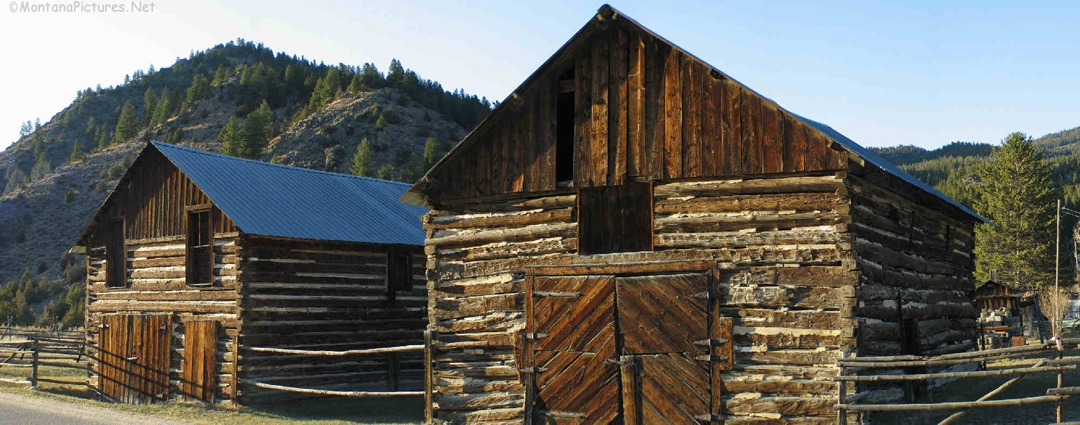
Ride Into The Pioneer Mountains
The Pioneer Mountains are hiding some incredible Montana alpine meadows, history and wildlife that calls to individuals who love to explore. A great introduction to this mountain range in the Beaverhead-Deerlodge National Forest is the gravel Forest Service road that begins in Melrose, Montana, climbs up to Vipond Park, then drops down down to Dewey, Montana.
Vipond Park
Vipond Park is a high plateau, roughly ten square miles in size, surrounded by high rugged mountains and ridges. It was named after John Vipond, the first person to file a mining claim in the area back in 1867. Yes. the surrounding area produced some of the most important silver strikes ever found in the Pioneer Mountains but the area is also the home to nearly half of Montana’s 2,200 known native plant species. Try to time your visit to Vipond Park when the wildflowers are in bloom in late June – early July.
Largest National Forest In Montana
The Beaverhead-Deerlodge National Forest is famous for big game such as elk, mule deer, white-tailed deer, black bear, moose, bighorn sheep, mountain goat and antelope. My dad hunted in the Beaverhead-Deerlodge National Forest in the 1950’s when the limit was two elk per hunter. For decades bagging an elk was a given. That long string of success began to unravel in the late 1990s and early 2000s. Read the interesting Montana Outdoors article on the migration of elk populations to more inviting feeding grounds, during the hunting season.

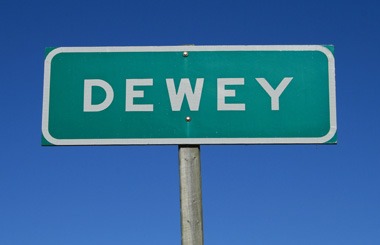
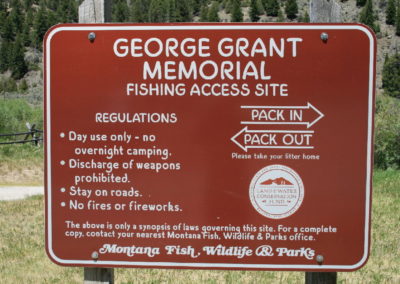
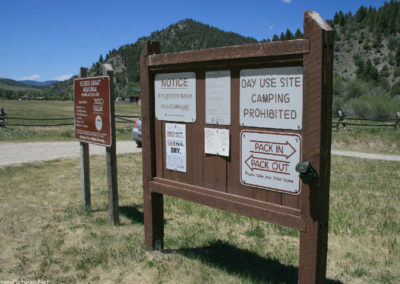
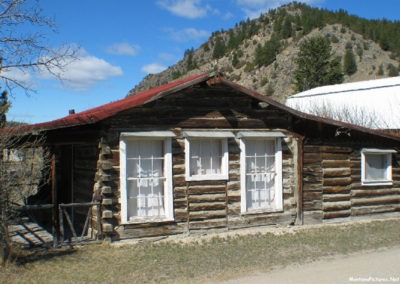
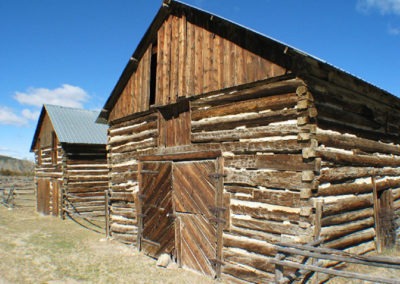
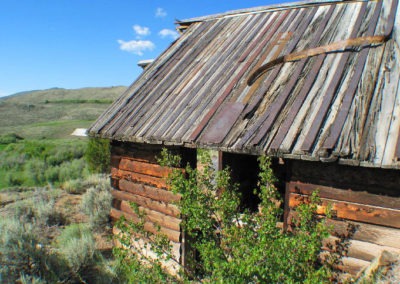
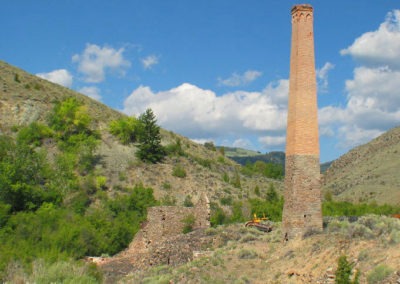
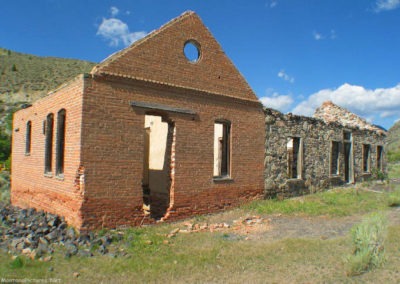
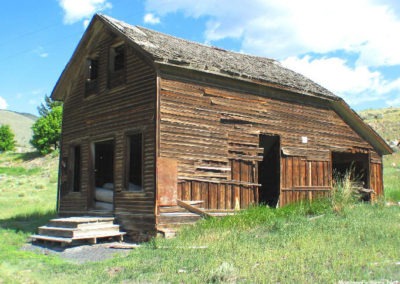
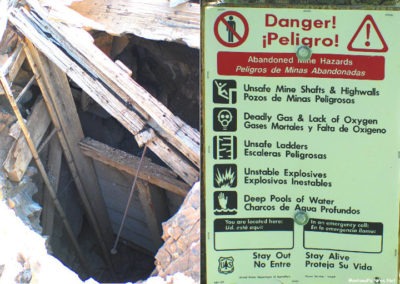
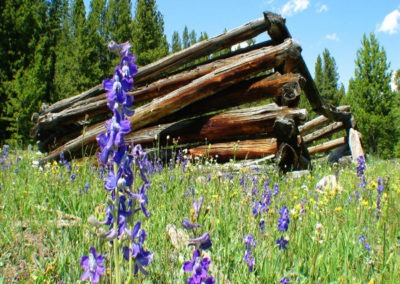
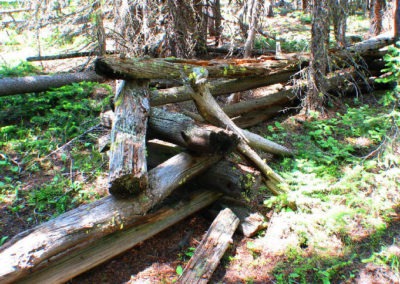
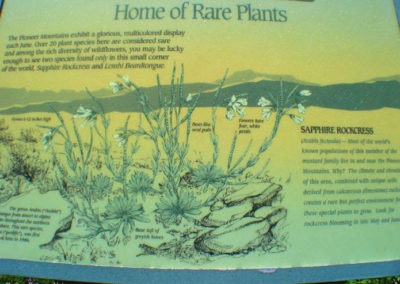
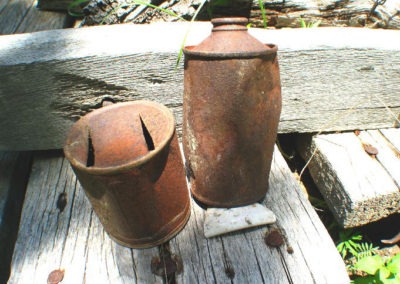
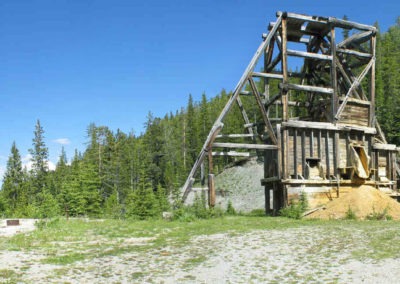
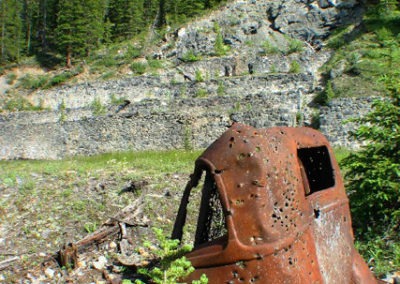
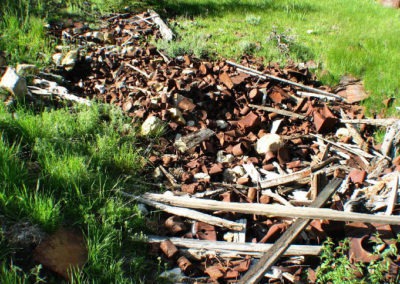
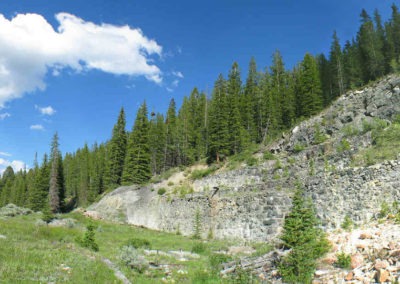
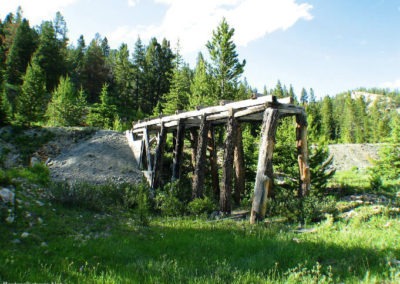
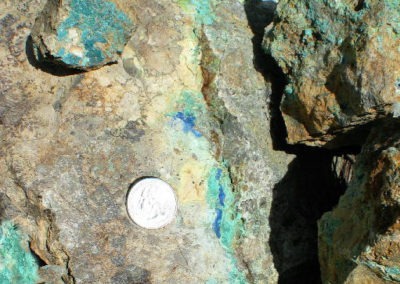
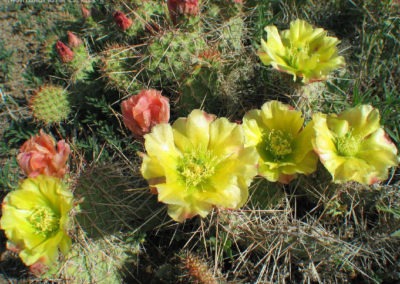
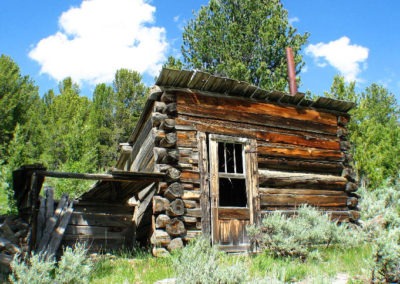

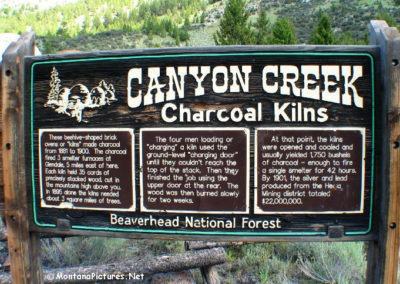
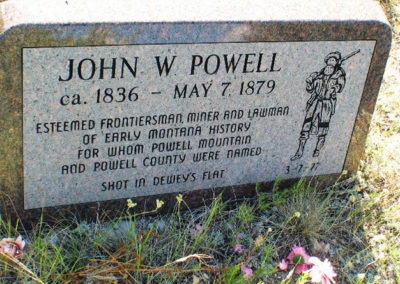
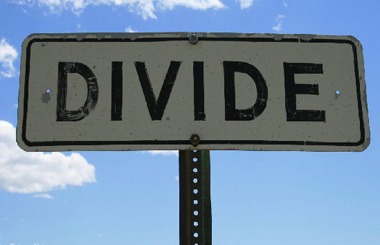
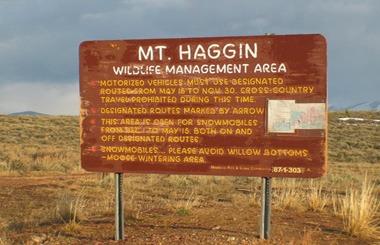
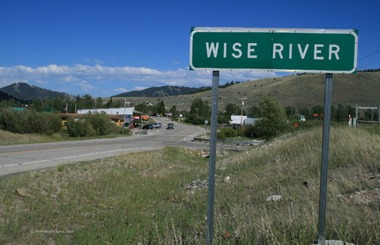
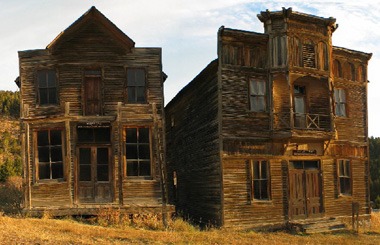
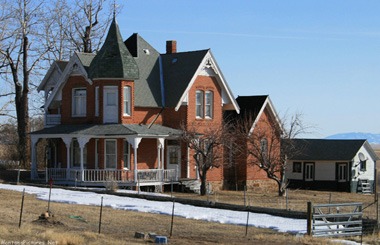
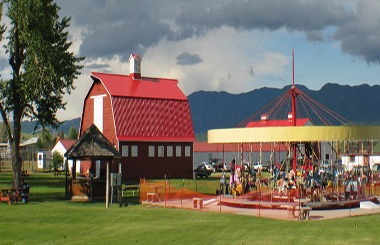
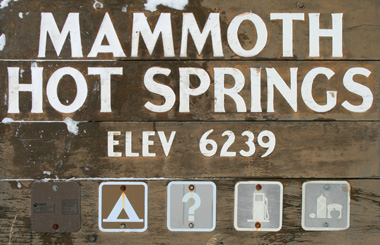
Recent Comments